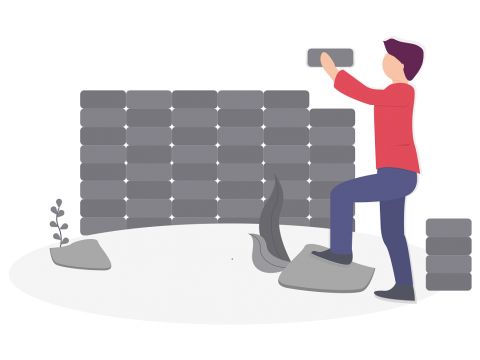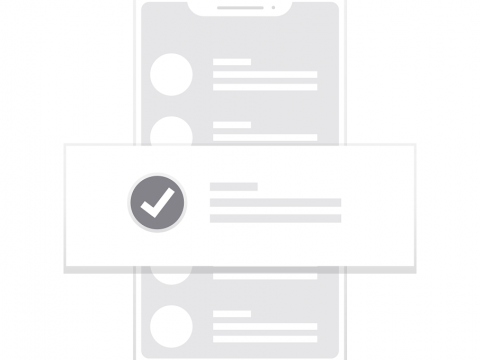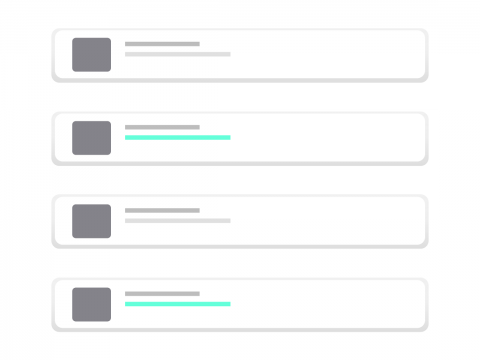
If You Build It, They Will Shop.
Tools for creating and souping up an online store
Should you set up shop on the Internet? That’s a no-brainer. Launching a Web store lets you sell to a worldwide audience, seven days a week, at any time of day or night, holidays included. That helps explain why online sales in the United States grew 19 percent in 2007, to more than $136 billion. Customers also frequently turn to online stores as educational tools. A recent study byForrester Research (NASDAQ:FORR) found that half of all customers who were considering purchases began their research online. Those customers were also more likely to ultimately buy the products online. Though selling online can be lucrative, setting up an e-commerce operation is often a frustrating exercise, with complex steps such as tweaking the design to match the rest of your website and figuring out how to get your software to charge an array of credit cards. If you don’t get it right, customers who are accustomed to shopping hassle-free on sites like Amazon.com (NASDAQ:AMZN) will bolt. Whether you have a team of programmers or are trying to do it yourself, these affordable tools can help you get an online store up and running. They will even help you sell your products on Facebook, publish customer reviews, suggest other products that suit your customers’ tastes, and ship out orders quickly without having to manage a warehouse.





Recent Comments